When talking about aviation safety, most passengers only think about the safety brief delivered by the cabin crew as we are getting pushed back from the gate, or are on taxi to the holding point.
We might also think about how Air Traffic Controllers keep us safe from colliding with other aircraft while far above the ground, but there is a whole different side to aviation safety that most travellers never see, or for that matter, never really consider.
Many would have looked out their windows and seen the airport vehicles with large numbers on the door and flashing orange lights on the roof, sometimes driving down taxiways or even zig zagging down the main runways in-between flights. Often these vehicles are being driven by members of the Airport Operations team who look after the ground based safety operations of many airports across Australia, and beyond. Without these important 24/7 working teams at major airports our safety would be in jeopardy before we even take off.
I was recently fortunate to spend part of a shift with one of Darwin International Airport’s (DIA) Airside Operations Officers (AOO), Maria. My visit coincided with what has to be one of the busiest times of the year for aerodrome ground operations at DIA, a major military exercise, and I want to find out, not just what Maria’s job entails, but how the exercise might impact day to day airside operations of Darwin Airport.
Darwin Airport shares runways with RAAF Base Darwin and the biennial Exercise Pitch Black, run by the Royal Australian Air Force, draws nations from around the world into the Northern Territory. This year the exercise has brought 140 military aircraft to the Top End, some based at RAAF Base Tindal, but most based in Darwin. They are here to carry out intense aerial combat and tactical training in the airspace over the Northern Territory.
For Maria and the Operations Team the activity on the airfield increases dramatically during this 3-4 week period every two years as the airport is a shared facility – RAAF operations on the southern side and civilian operations to the north of the runway. Both need to use the main runway 11/29. (110 deg and 290 deg are the marked directions of each runway)
I meet Maria at the Terminal Control Centre (TCC) part way through her shift, as she had planned for us to be on the aerodrome prior to a mass launch of military aircraft heading out to one of the planned scenarios of Pitch Black. The TCC is where the Operations team are based and also where all those people required to go airside need to acquire passes or authorisation.
As we get ready to head on out to the safety car I ask Maria what her job entails and the types of responsibilities she faces?
“My position at Darwin International Airport is an Airside Operations Officer. My responsibility is to ensure the safety of Aerodrome Operations and reporting any non-compliances. This includes carrying out runway and taxiway inspections, bird hazard management, responding to aircraft emergencies, spills, facilitating aircraft parking, monitoring the Obstacle Limitation Surfaces (OLS), overseeing aircraft ground operations and so on. We also conduct routine Regular Public Transport (RPT)Apron inspections which include and are not limited to aircraft parking control, ensuring Ground Service Equipment (GSE) is stored in the allocated areas, inspecting the condition of pavement, cleaning oil and fuel spills and overall, ensuring the ground operators are following the rules required to operate on the apron. My role is dedicated to Airside Operations; however, Darwin Airport is a relatively small team and at times I may be required to provide support to our other operations such as Terminal Evacuations.”
So what sparked your interest in being an Airside Operations Officer?
“My passion for aviation only began in my teenage years and like most teenage girls, it was my dream to become a flight attendant. I never knew that there was such a job as an Airside Operations Officer however after starting out in the industry I knew that was exactly what I wanted to aim for. The rest is history!” – she says with a grin as she opens the door that leads to the RPT apron where the vehicles are parked.
How long have you been in the job and where did you start out?
“I started working at Darwin International Airport when I was 18 in Customer Service with great enthusiasm to excel within our operations team. Fortunately, opportunities presented themselves and with the dedication to learn and a passion that was rapidly developing for aviation, I knew that it was something that I wanted to pursue. However, I needed to use my own initiative to learn about the technical aspects of how Aerodromes worked and the level of compliance that was required to maintain an operational and safe airside. I’ve been working at DIA for 7 1/2 years of which 4 of those have been in my current role.”
“This will be our car today – Safety One” As the she checks the ute out Maria runs me through a small induction mainly around what to do if there is an aircraft emergency on the field
We hop in and she starts typing on an iPad – “Every time I do anything I log it on the iPad – runway inspections, bird harassment stuff like that.”
I ask what qualifications are required for someone, say, straight out of high school, if they were interested in applying to start a career in this field?
“My advice for anyone interested in pursuing a career in the Aviation Industry specific to safety is to complete a basic Works Safety Officer course. That will give you a head start and an insight into furthering your skills. If you’re luckily enough to be employed by a company that offers in house training then that’s also another option.”
She grabs one of the radio microphones as Tower (Darwin Ground) has radioed to ask where a Unity Fokker 100 aircraft that has just landed is parking – and looking at a printout and replies – “Bay 22.”
“The Airport Duty Manager will coordinate the aircraft bay plan for the duration of the shift, which we will notify ATC of any changes if they occur. Aircraft parking is allocated based on an occupancy chart which identifies what the maximum wing span, weight or size of aircraft that can park on each bay.”
We drive out across the apron towards the taxiways – So where did you conduct your training, was it here at Darwin Airport? Interstate or was it on the job training?
“Our Certificate 3 in Aerodrome Operations was by an external company who delivered the training in Darwin. Once the theory component of the certificate was finalised, a practical on airfield assessment is completed to determine competency in the role. This is generally conducted after a period of 3-6 months on the job training.”
What is the typical daily routine you follow?
“As per the Manual of Standards Part 139 issued by CASA, we have a high level of compliance that needs to be maintained at all times to ensure that we are operating a safe Aerodrome for aircraft taking off, landing and the personnel on the ground.” (Maria calls Darwin Ground for clearance to enter one of the taxiways) “In order to achieve this, we are required to conduct a minimum or three runway inspections over the 12-hour period, starting from first light and continuing throughout the night. On a standard day, we carry out anywhere between 3-5 inspections of both runways. This doesn’t include the requirement to enter a runway for bird hazard Management. A typical day consists of carrying out runway, taxiway and apron inspections, bird harassments, calculating crane assessments and inspecting the OLS, responding to emergencies or spills that may occur on the aerodrome. No day is ever the same.”
By this time we have reached the main runway that is in use at this time – Runway 11 – departing aircraft to the east while arriving aircraft approach from over the ocean to the west. We are heading over to the RAAF Base Military Hardstand to pick up Flight Lieutenant Glenn P. who is to be my RAAF Public Affairs Officer – an escort, as I will be taking photos of the exercise aircraft as part of today’s visit.
As we wait for clearance to cross Runway 11 while some general aviation (GA) aircraft line up to depart, I ask – Do you have specific role within the Safety Team?
“Our Airside Operations team consists of 5 full-time Airside Operations Officers. When operating on the airside with the call-signs Safety 1 (that’s us today) and Safety 2, it means that we each carry out all aspects of airfield operations. This creates a broad range of skills that are required to ensure that we are competent in all components of the role, in particular we are required to have a high level of communication skills and situational awareness”
Do you get the opportunity to work at other Northern Territory airports?
“There are always opportunities to challenge our skills and work at other Airports. I’ve been fortunate enough to spend time at Hobart International and Melbourne Airport over the last few years which was fantastic.”
We drive past some large transport aircraft – a Republic of Singapore Air Force KC-135R, a RAAF C-17A Globemaster III, a Malaysian Air Force Airbus A400M Atlas and some Lockheed C-130J Hercules, one from the RAAF, one from the USMC and one from the Indian Air Force, all here for the exercise.
I figure Maria has seen pretty much all the different aircraft types into Darwin.
What do you enjoy about being an AOO?
“You’re asking someone who loves absolutely everything about their job, but if I were to choose one thing that I love I would have to say it’s the diverse range of traffic that we get the opportunity to work around. There have been days that I’ve driven out onto the airfield to find a C-5, C-17, B-52, B747, F/A-18’s and an A400 all within a few hundred metres of one another. It doesn’t get much better than that.”
Parking outside Air Movements, our PAO for the day, FLTLT Glenn jumps in and introduces himself – he is up in Darwin as part of the Air Force’s PB Media Team and is no stranger to the exercise having attended a couple in recent years.
Heading back we chat about the exercise and I ask how DIA works in with the RAAF operations,
“During exercise periods such as Pitch Black, we work closely with the RAAF Base Safety Officer (BASO). As our runways and southern taxiways are jointly used with the military, we liaise with them if any of their operations have an impact on civil operations.”
And what about airfield safety briefing for the visiting foreign squadrons? – “Generally, the BASO will brief any military personnel.”
As we are driving down taxiway Charlie, the main transit route for aircraft from the military hard stand, I wonder about how DIA deals with the traffic heading for parking bays and sharing the responsibility for looking after the taxiways- “The RAAF BASO looks after all military parking areas and taxiways however we do report any unserviceabilities if they have an effect of any airfield operations such as taxiway lighting.”
Getting clearance to cross runway 36, we cruise down taxiway Alpha- the long full length taxiway that runs parallel to the main runway. I notice it is almost as wide as the main runway.
Maria explains that Alpha also acts as a standby emergency runway to all but the largest of aircraft (due to its shorter width) She also explains that the surface of the runways are different and the “Wet weather conditions require constant monitoring as sitting water on a runway can quickly become unsafe for aircraft taking off and landing. Depth tests are completed as requested on short notice and in some cases, can lead to the closure of a runway if more than 25% of water is covering the runway surface. RWY 11/29 is a grooved runway which allows water disperse and drain quickly.” providing better braking characteristics (and drainage) during wet weather conditions, while taxiway Alpha isn’t.
We pass by the Bomber Replenishment Apron (BRA) and the various parked aircraft – the Indian Air Force with it’s Sukhoi Su-30MKI fighters making their debut at PB2018 and the Republic of Singapore Air Force’s F-16s Falcons and F-15SG Strike Eagles lined up.
What does the Safety Team do or how do you respond if an emergency is declared?
“In the event that a local standby or full emergency is declared, effective communication is essential. Details of the nature of the emergency are given to us by ATC which includes the type of aircraft, operator, what runway they will be landing on, estimated time of arrival (ETA), persons on board (POB) and any other significant information that may be beneficial. We have a range of procedures during these scenarios that reflect what is stated in our Aerodrome Emergency Plan (AEP). A runway inspection will be conducted immediately after the aircraft has touched down (pending that it has landed safely) to determine if the runway is serviceable. In the event that an aircraft is disabled on the runway or on the airfield, we establish an Incident Control Point (ICP) usually at least 75m upwind and maintain control of the emergency in assistance with emergency services.”
We wait at the bottom of the runway for a commercial airliner to land – nearby are the United States Marine Corp and their MV-22B Osprey Tilt-Rotors. USMC VMM-268 “Red Dragons” are currently on deployment as part of the US-Australia Force Posture Initiative announce back in 2011. Essentially each year the USMC deploys personnel and aircraft to the Northern Territory to gain experience operating together with the Australian Defence Force. This is the second year the unusual aircraft have been operating out of the Fighter Replenishment Apron (FRA). In a recent announcement there is additional infrastructure to be built so we can expect to see more Marines deployed injecting considerable money into Darwin’s local economy.
It’s nearly 1130 and the military jets are leaving soon and we have to activate the displaced threshold lighting system for the duty runway. I ask why, and how this changes with the normal day to day operation – “With approximately 80-100 military aircraft flying each day and night during Pitch Black with the potential of a full emergency being declared or an aircraft taking the cable on our main runway, there is the added risk of not having a serviceable runway for a length of time.
“We also have Operational Readiness Platforms at the threshold of our main RWY 11/29 which can be utilised by military fighter jet aircraft. They are used to maximise traffic flow and reduce congestion on the airfield during each departure wave. This however requires a Displaced Threshold to be marked by temporary lighting such a Runway Threshold Identification Lights (RTILS) and temporary PAPI’s which we set up 30 minutes prior to departures. In simple terms, we cut off 723m of our runway to facilitate the flow of traffic. The constant traffic also has an effect on the amount of runway inspections we do as some days a maximum of 30 seconds on the runway is given by ATC due to departures and arrivals.”
The temporary PAPI lighting system consisting of four lights that visually gives a slope indication to pilots on approach while the Runway Threshold Identification Lights (RTILS) are two bright strobes, one either side of the runway need to be activated. The change is co-ordinated with the Tower.
So you have to work closely with other departments like the Tower, Aviation Rescue Fire Fighting and Border Force?
“We work side by side with our Airport Duty Managers who run Terminal Operations. They plan our daily aircraft parking and are also able to assist in Airside Operations in the event that we need help on the airfield in an emergency situation.”
“We’re also required to maintain contact with Air Traffic Control at all times who we have a great working relationship with. There has to be a level of trust between us and them as we’re working in an environment that is high risk and demanding at the best of times.”
After Tower confirms the lighting is correct Maria requests clearance to do a runway inspection – How often do you perform runways inspections?
“On a standard shift, 4-5 runway inspections will be completed of both RWY 11/29 and RWY 18/36. That is not inclusive of runway entries that are required to retrieve FOD or harass wildlife. Depending on the situation, most runway inspections during the day are completed facing into arriving traffic to improve situational awareness and in a zig zag pattern to cover as much area of the runway as possible. Using a zig zag pattern also alerts any arriving aircraft that you’re a vehicle proceeding down the runway and not an aircraft. During night time operations, inspections are conducted by driving down one side of the RWY and back up the other. Our main duty RWY 11/29 is 60m wide and our crossing RWY 18/36 is 30m wide. Due to RWY18/36 being an unlit runway, only last night inspections are carried out.
The first of the military traffic, a Singaporean Gulfstream G550, is requesting clearances so we start the side to side inspection drive down runway 11. We notice some birds hovering (a Nankeen Kestrel I am told) and just as we near it there is a loud noise from above the ute- Maria has hit the bird harassment siren button.
So birds are one of the day to day challenges?
“Birds! What a lot of people don’t realise when flying from one airport to the other is the amount of time that is dedicated to harassing wildlife to allow aircraft to take-off and land safety. Between 2006-2015, 16,096 bird strikes were reported to the ATSB in Australia alone. Fortunately, we have a range of methods that we use to reduce the level of bird activity on the airfield and with new technology being introduced we are always implementing new tools to improve the level of safety on the field.
I spy another Nankeen Kestrel sitting on the the 6000’ marker oblivious to our activity, but it is soon scared off by the siren.
Maria continues – “We have a high level of bird activity that requires constant management throughout the year, with the Black Kite being the most struck species over the last ten years and the Australian Pratincole being the second most struck species. Whilst our bird activity and strike rate per 10,000 movements is high, we have a broad range of tools that we use such as pyrotechnics, gas cannons, lasers and live rounds that are used to disperse bird activity in our critical take-off and landing areas. Our collected strike data over the last 10 years has identified trends that have allowed us to change the ways in which we harass wildlife. Data is extremely important as we now know the most common strike area, the time of day that they’re occurring and what species are being struck. It’s a challenging environment to work in.”
She also says that the start to the wet season is a bad time as the insects which a lot of bird species feed upon increase dramatically – bringing in the birdlife.
We look at the windsock just as Tower calls and announces a runway change – the wind has swung around to the north-west and now traffic will be departing on runway 29 once the Gulfstream leaves. So for the next 10 minutes we ride in Safety One as Maria reverses the generator and displaced threshold lighting arrangements.
For the next 30 minutes we move up and down parallel to the runway watching a constant flow of jet aircraft leaving and taking photos. Maria jokes about having one of the best jobs around – an air-conditioned office, bring coffee if you want it and plenty of travel each day – what more could you want?
With the high number of movements we talk about emergencies and the arrestor hook as we head back over to the RAAF Air Movements section to drop off Glenn, who I suspect has enjoyed getting close to the departing jets just as much as I have.
How does the airport go about runway maintenance?
“As we are a joint user aerodrome, our main runway is fitted with Aircraft Arrestor Hook Cables used by military jets. The RAAF has a requirement to maintain both cables therefore standard maintenance is carried out every fortnight. Displaced Thresholds are setup to reduce the runway length to allow these works to occur. During this time, we may take the opportunity to complete our own maintenance such as lighting repairs or painting. Minor works, such as painting of the runway centreline or edge markings are planning during quite periods where traffic is low; for major works, there is a Method of Working Plan which is jointly prepared by DIA and Defence.”
“Apron extensions and runway works are generally dealt with by Airside Operations and Safety Standards Managers working with the Project Management Team to ensure safe operations and Method of Working Plans are in place; however things such as cranes may have an impact to airspace safety depending on the location and the height of the crane. A number of risk assessments are completed in situations like these to ensure that there won’t be an impact to aircraft safety.
In previous years, we have completed airfield lighting upgrades and taxiway overlays. Works Safety Officers are employed for such works however, it’s our job to ensure that safety is maintained at all times.”
We begin my final drive across the airfield back to the Darwin Terminal and I raise the point that there have been a few diversions into Darwin, some as big as an A380 – How do you cope with diverted aircraft on such short notice and do you assist with, say, medical emergencies?
“Depending on the aircraft type, assisting with a medical emergency where an aircraft is diverting becomes our number one priority. Strategic bay planning is used to try and keep Bay 1 or 2 available for any wide body aircraft. Things that we consider are getting the passenger off as quickly as possible in which case having access to an aerobridge is essential although in some cases may not be possible. A runway inspection will be completed prior to their arrival and departure bearing in mind that we may have never facilitated that particular aircraft before. In some cases, you may receive notification of a diverting aircraft 15 minutes prior to their arrival. Quick thinking, team work and effective communication is key in these situations.”
And as for those larger airport customers or transiting heavy haulers – we would get some interesting aircraft through Darwin – what would have been the most unusual you have helped see into Darwin?
‘There have been some magnificent aircraft drop in over the last 7 years but I’d have to say the AN-124 still has to be the aircraft that blows my mind every time. With a wingspan of 73.3m and a MTOW 392 tonnes, it’s an incredible aircraft to watch get off the ground. Behind that would be the A400M. Maybe one day we’ll get the AN-225!”
So you’re the ‘Follow Me’ person? – “I am!” – How awesome is it to lead the big Antonov’s that visit Darwin?
“We are often required to carry out follow me’s for aircraft requiring to taxi or tow to the civil side or for refuelling purposes. To have the nose of an AN-124 in your rear vision mirror is daunting and amazing all in one! In terms of parking, there are several considerations that are taken into account such as the aircraft size, wingspan, weight and what services are required when allocating a parking bay for an aircraft. We have a strict Apron Occupancy Guideline that is used to ensure that minimum wingtip separation is maintained at all times. Other considerations such as power in/out operations and potential jet blast are taken into account to ensure that an aircraft turnaround is planned with safety being the number one priority.”
We park up Safety One near the Bay 3 aerobridge and I grab my gear as Maria makes yet another entry into her iPad. We head inside to the TCC to have a coffee and I notice the walls of their office are covered in various photos taken over the years, some of bogged airport vehicles while others capture unusual visiting aircraft on the aprons and runways. Darwin really does have a unique location that lends itself to be a staging point for many international aircraft passing through, many of them quite interesting.
I thank Maria for providing an insight into her role and how safety operations are conducted at Darwin International Airport, and for sharing a couple of hours of her shift out on the aerodrome amongst the departing traffic.
So next time you are in Darwin or any major airport for that matter, spare a thought for the professionals in the brightly lit vehicles that make the beginning and end of our journeys as safe as the actual flight between destinations.
For more information about Darwin International Airport click here: https://www.darwinairport.com.au
Sid Mitchell



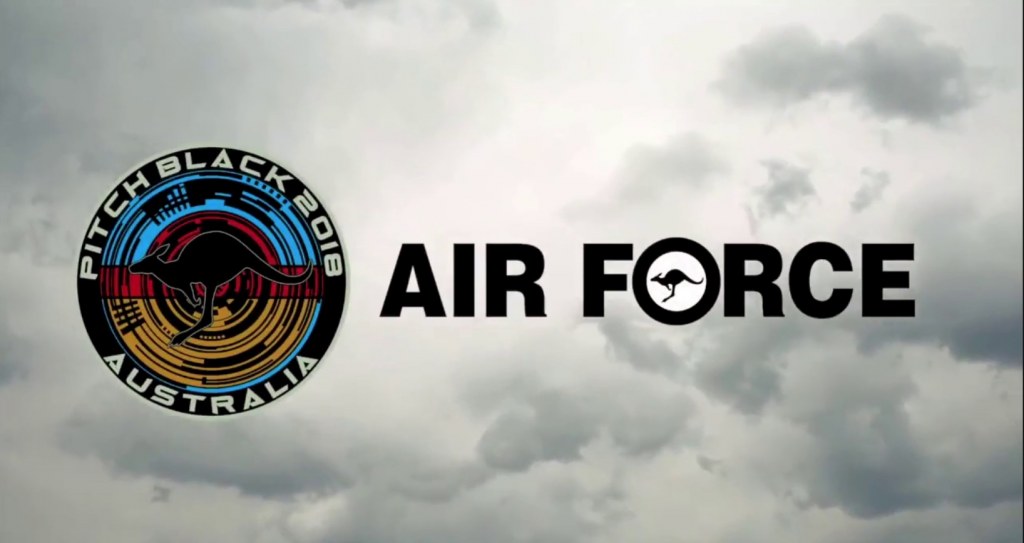







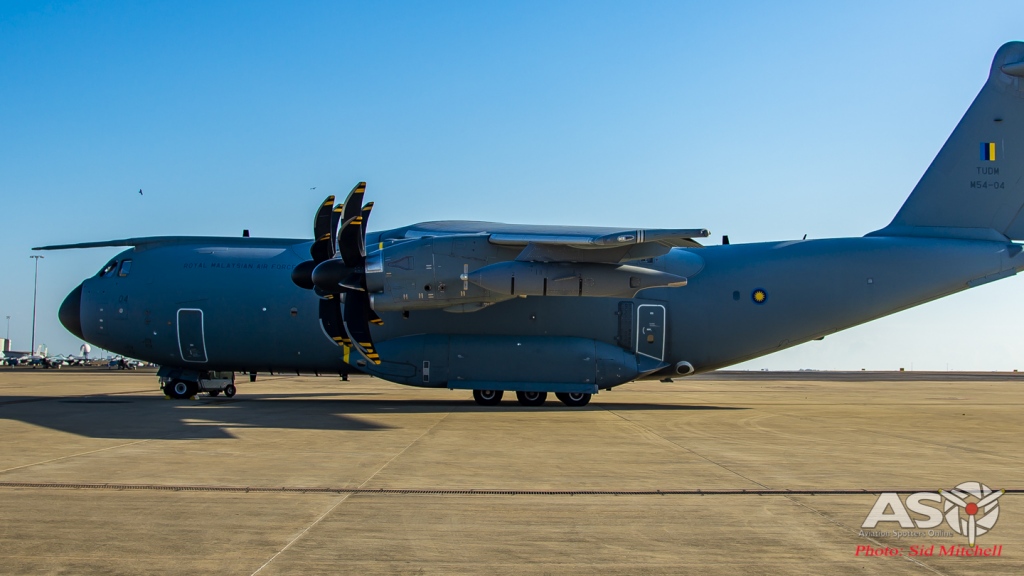

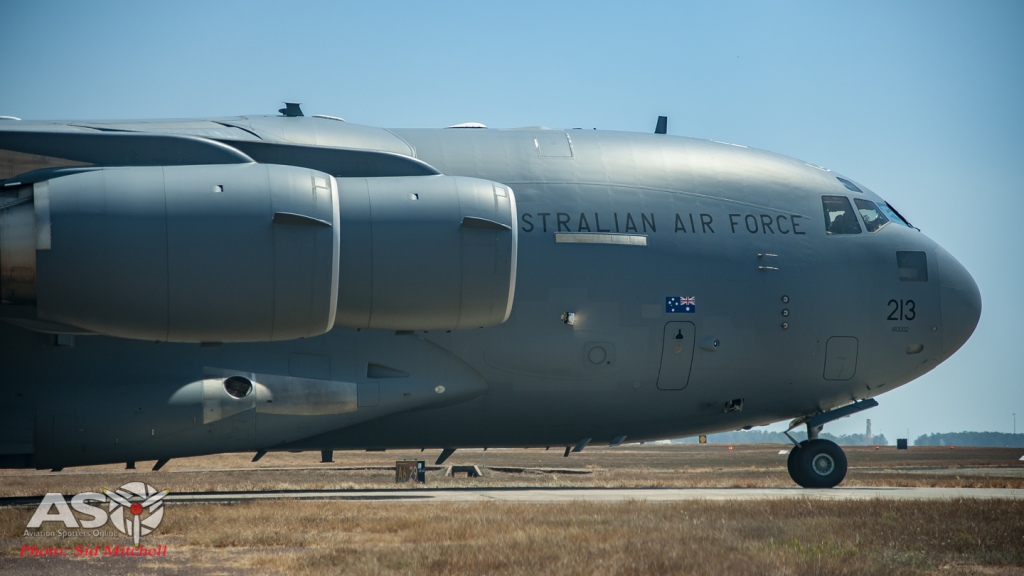
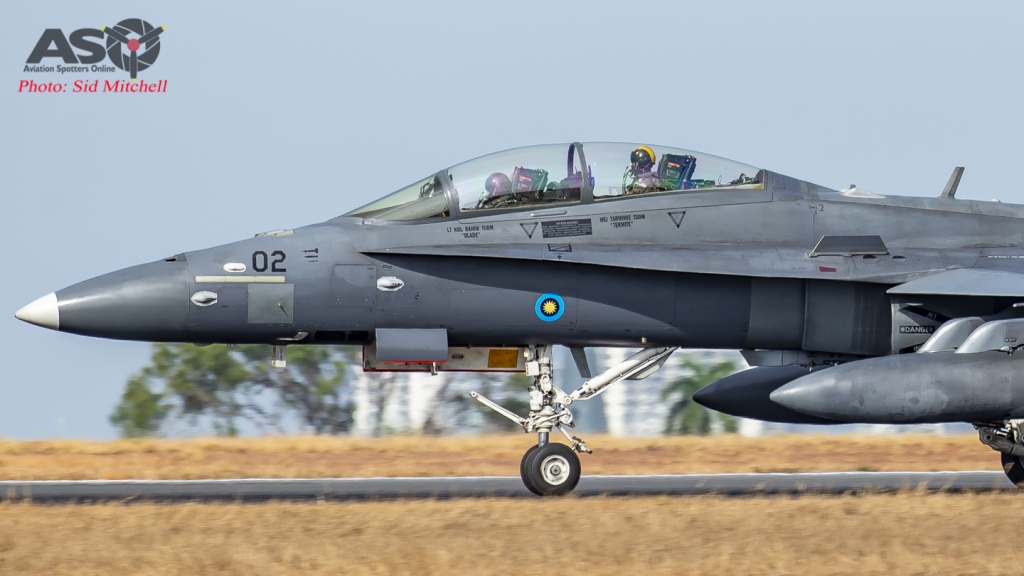

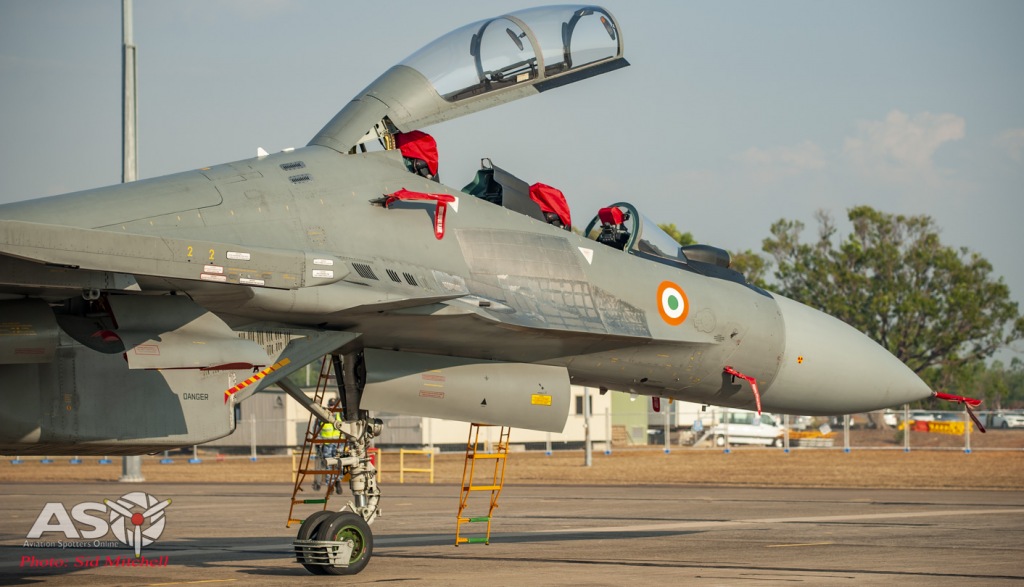








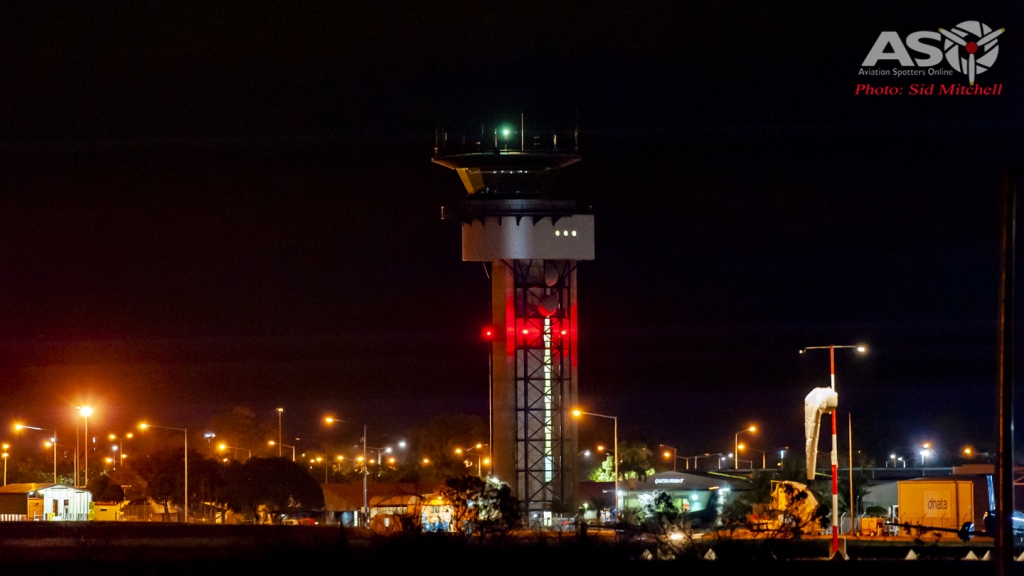



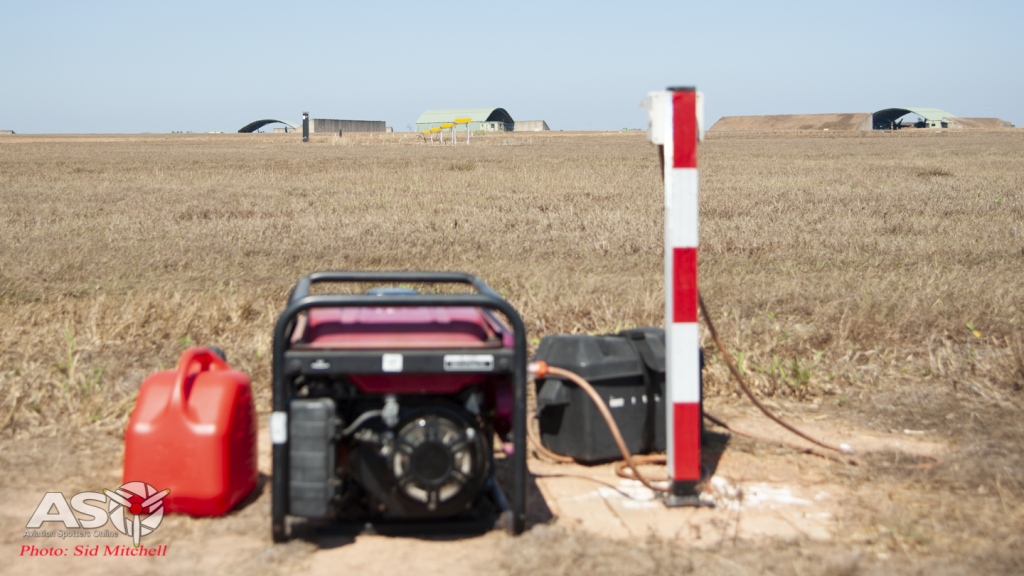




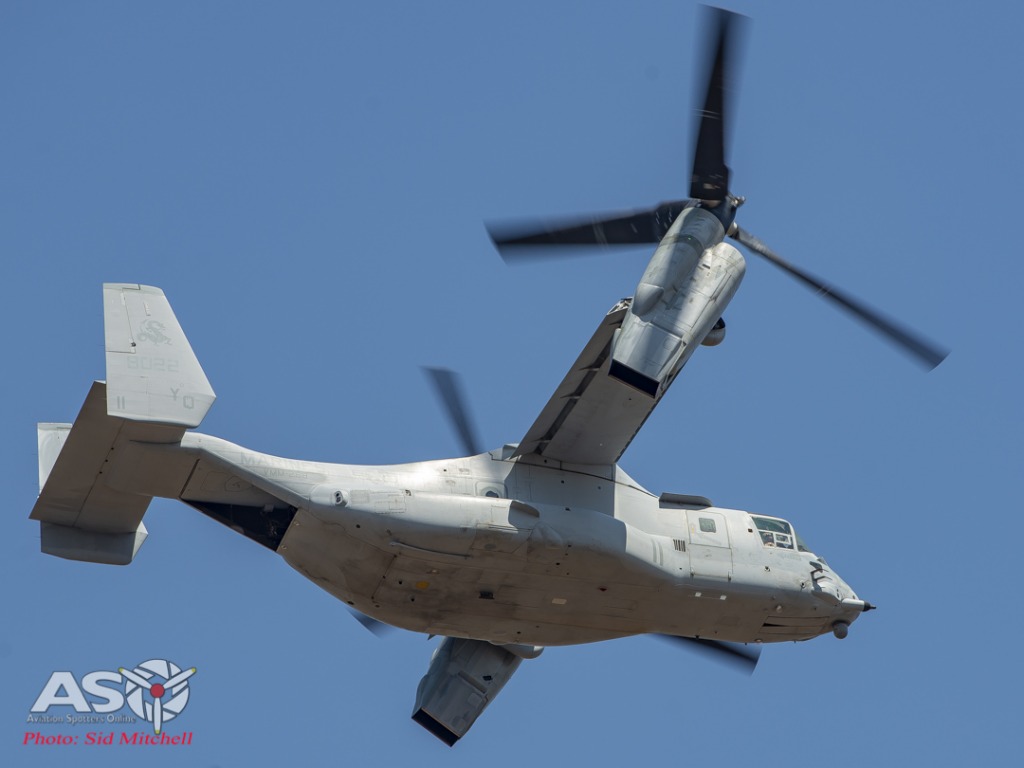











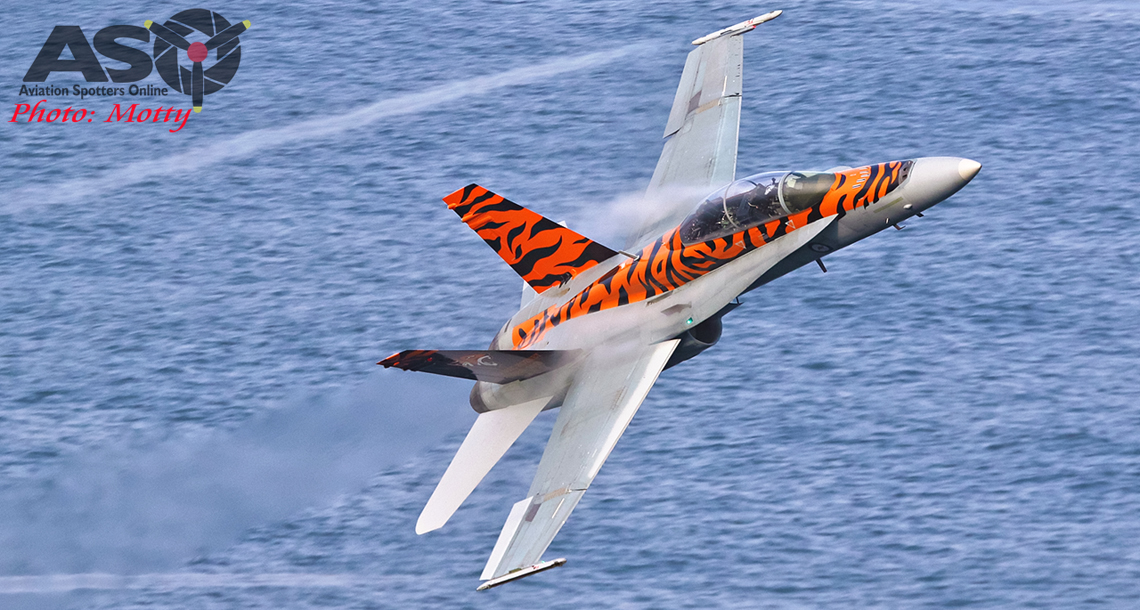


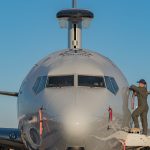



Top article Sid, explains a lot in detail that most would take for grated.
Cheers Ian – yep a lot goes on behind the scenes alright, getting us safely to and fro.